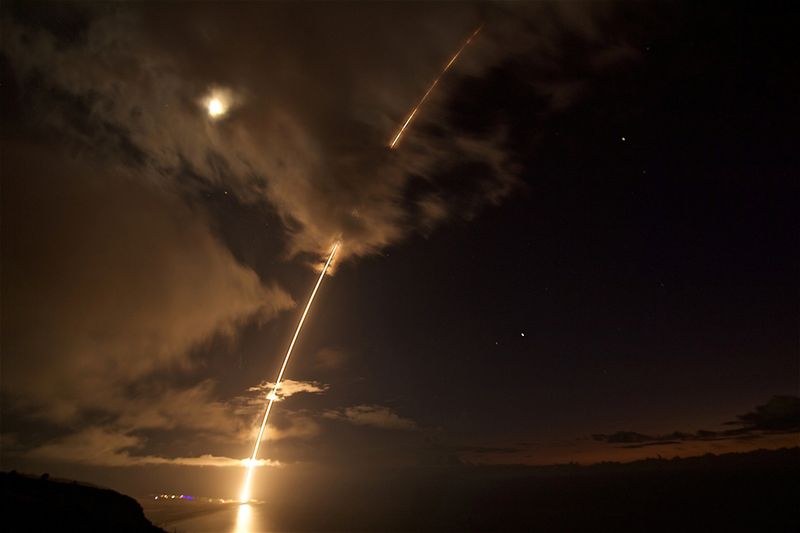By Gerry Doyle
SINGAPORE (Reuters) – A proposed multibillion-dollar missile defence system for Guam has been reduced to 16 sites on the island from the original 22, the U.S. Missile Defense Agency said in a draft environmental impact statement on Friday.
The project is designed to create “360 degree” protection for the U.S. Pacific territory from missile and air attacks of all kinds, the agency said. Plans include integrating Raytheon (NYSE:)’s SM-6, SM-3 Block IIA, Lockheed Martin (NYSE:)’s THAAD, and the Patriot PAC-3, which uses components from both companies, over about 10 years.
The environmental impact study, which began last year and included a public comment period this year, proposes “deploying and operating and maintaining a combination of integrated components for air and missile defense positioned on 16 sites” on the island. The report does not say why the number of sites was reduced.
All of the remaining 16 sites are on U.S. military property.
The project is crucial to the U.S. and its Indo-Pacific allies because it provides a logistical hub far from U.S. shores – Guam is closer to China than it is to Hawaii.
China’s massive conventional ballistic missile inventory includes the DF-26, with an estimated range of about 4,000 km (2,500 miles), which can also carry anti-ship and nuclear warheads. Newer weapons in development, such as the hypersonic glide vehicle DF-27, are drawing increased attention from U.S. military planners.

“It’s a forward operating base for long-range bombers, and a port for ships, so that navy ships can sally forth from there,” said Peter Layton, a defence and aviation expert at the Griffith Asia Institute in Australia. “Certainly places in Japan and the Philippines are a lot closer (to China)… but a lot more exposed.”
There will be public meetings in Guam next month to discuss Friday’s report, the agency statement said.